Best Roth IRA Accounts in 2025 – Top Picks for Long-Term Investors
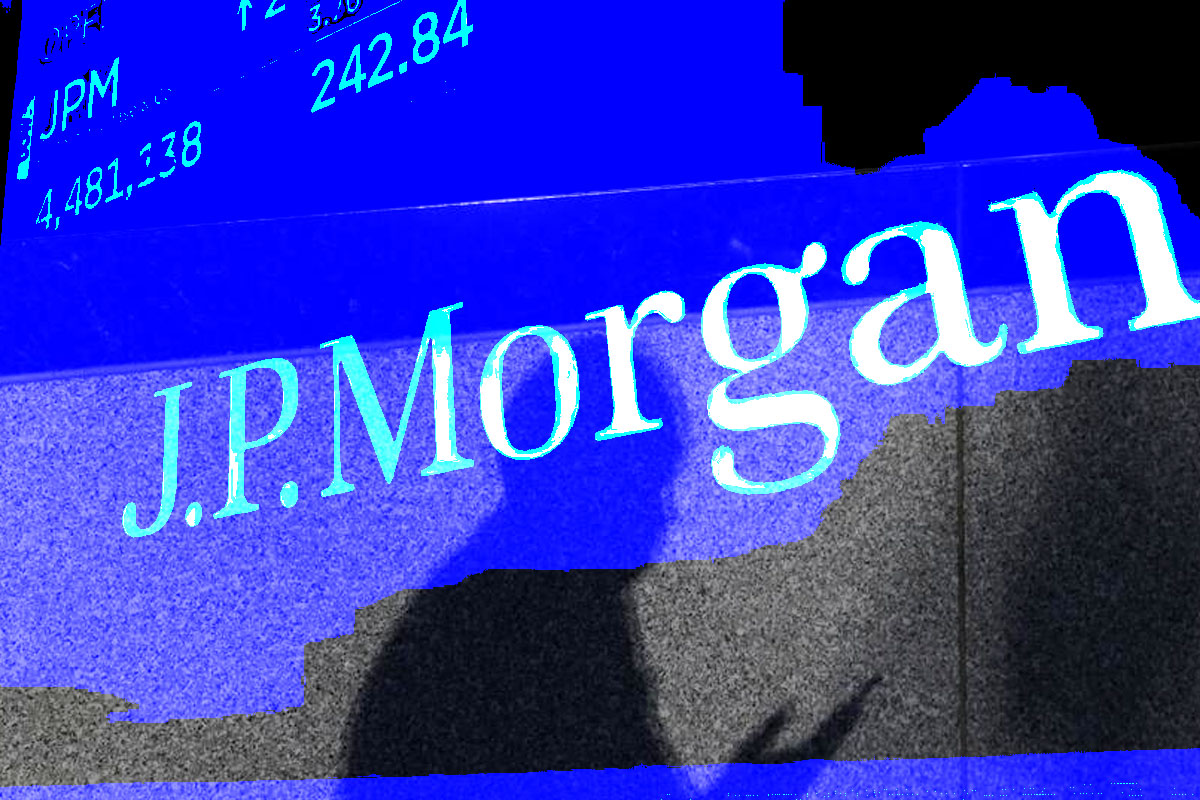
Our content is for informational purposes only and does not constitute financial, investment, or legal advice. Always consult a qualified professional before making financial decisions.
A Roth IRA is a rare chance to build wealth now and enjoy it tax-free later. These accounts are among the most effective ways to save for retirement, offering unique tax advantages and long-term growth potential.
Together with an experienced research team, I’ve explored the top Roth IRA providers and compiled this comprehensive guide to help readers choose the best account for their needs.
Here are the latest picks based on real-time data.
What is a Roth IRA account?
A Roth IRA stands for “individual retirement account,” and is a retirement savings account that gives you unique tax benefits. Unlike traditional IRAs (which use pre-tax contributions), a Roth IRA utilizes after-tax dollars. This means you don’t get a tax deduction up front, but the real payoff comes later.
Once you reach retirement age, qualified withdrawals (including both your contributions and investment earnings) are entirely tax-free. This makes Roth IRAs particularly attractive to younger investors or anyone expecting to raise their tax bracket later in life.
By 2024, 57.9 million U.S. households reported owning IRAs. These highly popular investment accounts are incredibly flexible, as there are no required minimum distributions (RMDs). This is what makes a Roth IRA a robust tool for long-term savings.
How do Roth IRA accounts work?
A Roth IRA works by allowing an investor to contribute money they’ve already paid taxes on. Here’s a quick breakdown:
- Contribute after-tax dollars up to the IRS annual limit (which is $7,000 in 2025, or $8,000 if you’re 50+)
- Invest in assets such as stocks, ETFs, bonds, or mutual funds, depending on your financial provider
- Grow your investments through compounding
- Withdraw tax-free funds in retirement, provided you follow the qualified withdrawal rules
Note: You can always withdraw contributions penalty-free, but your earnings are subject to penalties and taxes if withdrawn too early. Unlike traditional IRAs, Roth IRAs do not require RMDs, so your money can keep compounding as long as you’d like.
Best 5 Roth IRA accounts – our detailed list
After scoring dozens of providers, we’ve compiled this short list of the best Roth IRA accounts on the market.
SoFi Invest – best for personalized guidance
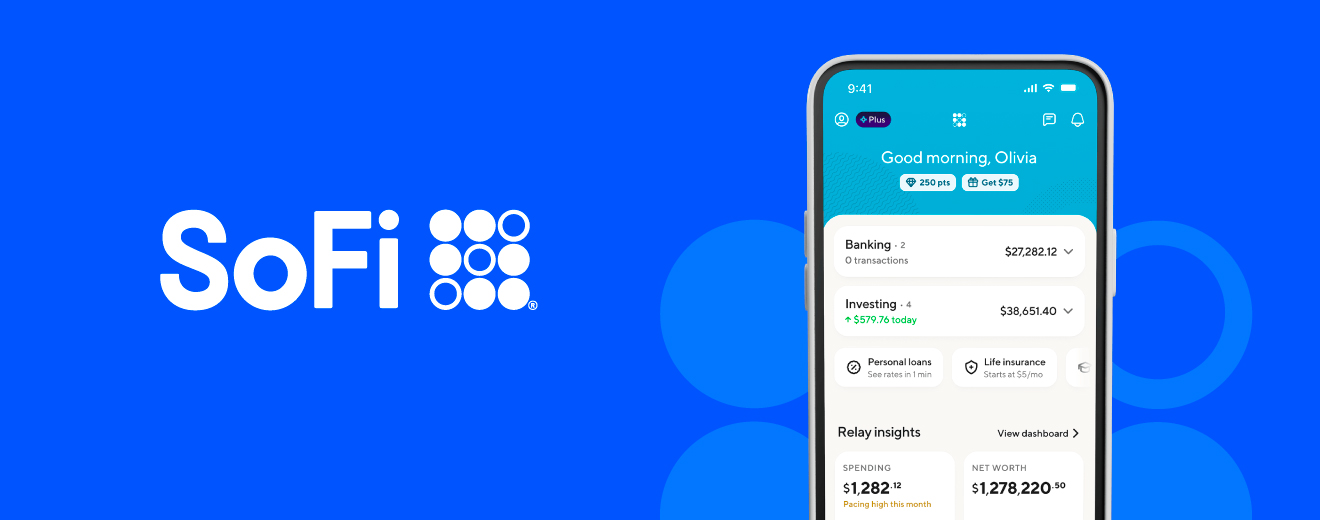
| Minimum investment | $5 for self-directed trades, $50 using SoFi automated portfolio |
| Management fee | $0 |
| Account minimum | $0 |
| Best for | Beginners who want access to financial planners |
SoFi Invest makes opening and managing a Roth IRA easy, with a sleek mobile platform and free access to financial advisors. It offers Roth IRAs with both automated and self-directed investment, competitive fee structures, and a 1% match on qualifying contributions and rollovers. The system provides convenient access to your money, allowing you to withdraw contributions at any time (tax and penalty-free).
JP Morgan – best for reliability and brand trust
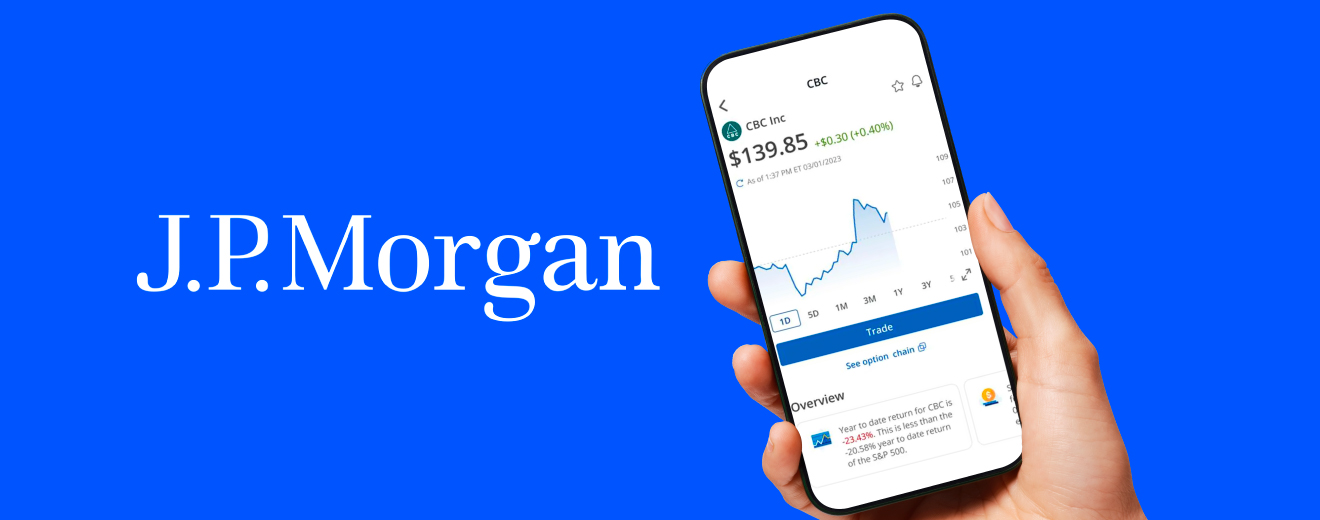
| Minimum investment | $5 |
| Management fee | $0 |
| Account minimum | $0 |
| Best for | Investors who want a well-established name |
JP Morgan is one of the oldest and most established financial institutions in the U.S., and you can open a self-directed Roth IRA account with them through Chase. The brand trust alone makes them an excellent choice for beginners and those who want their investments tied to a full-service bank. The system offers strong research tools and universal features that simplify managing your retirement savings among other assets.
Betterment – best for hands-off Roth IRA investors
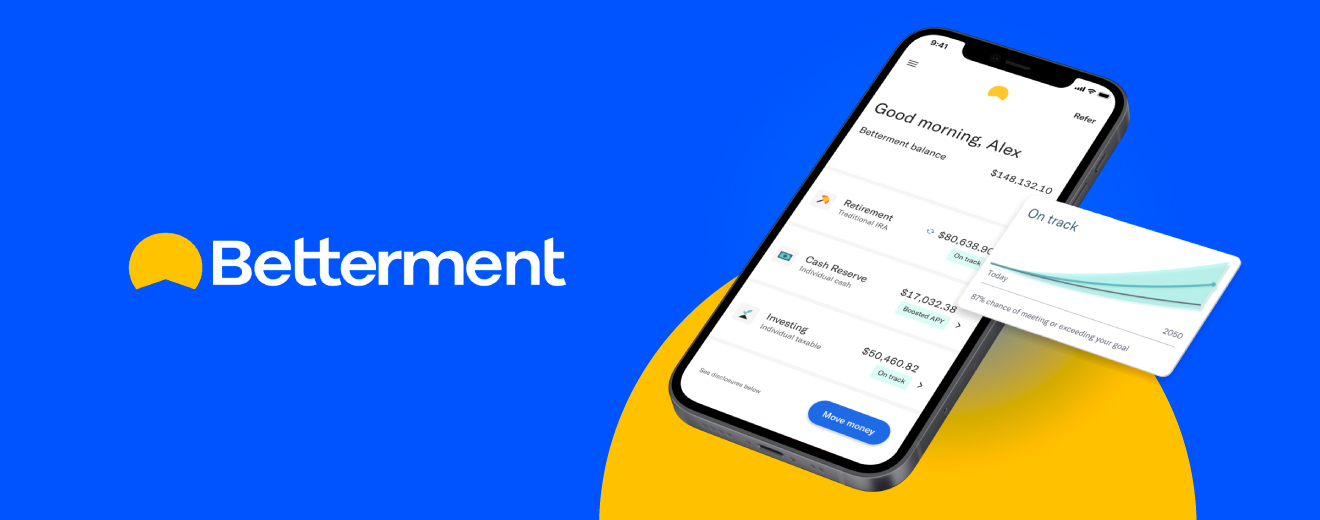
| Minimum investment | $10 |
| Management fee | 0.25% |
| Account minimum | $0 |
| Best for | Investors seeking little involvement |
Betterment may be an excellent choice for investors seeking a Roth IRA that requires little effort or management. With a low minimum to get started and a straightforward pricing structure, the system automatically creates a diversified portfolio tailored to your risk tolerance and goals. The platform focuses on long-term retirement growth and provides key tools, including dividend reinvestment and rebalancing.
Fidelity – best for self-directed investors
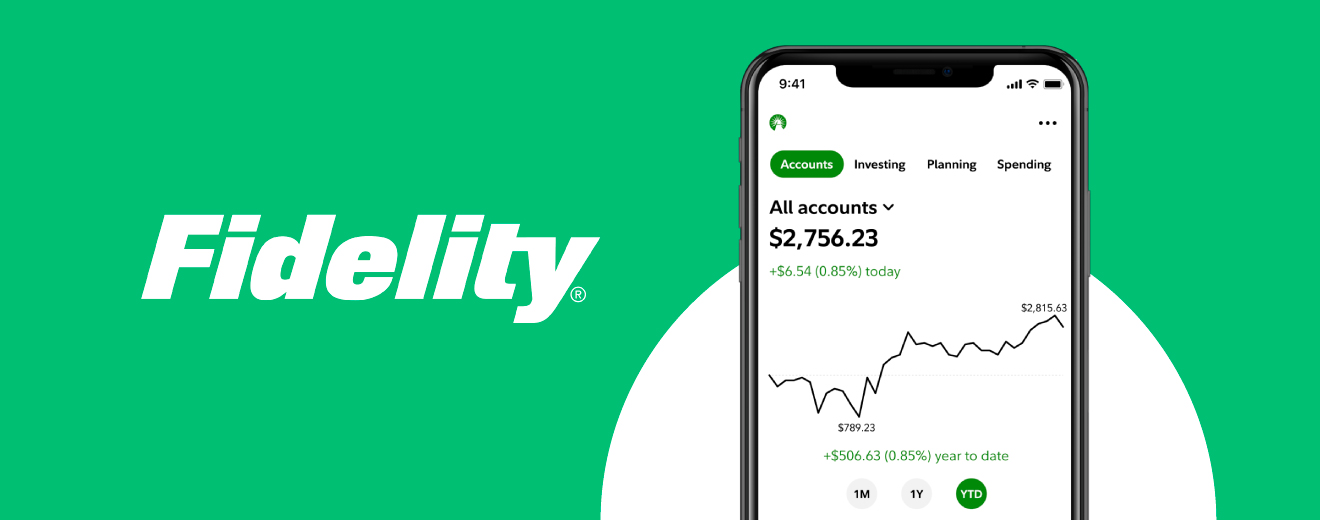
| Minimum investment | $1 for self-directed, $10 with FidelityGo |
| Management fee | $0 (0.35% for accounts over 25k) |
| Account minimum | $0 |
| Best for | Those who want a manual approach |
Fidelity is one of the largest and most reputable financial institutions in the world, making it a prime choice for anyone opening a Roth IRA. Offering zero-commission trades, the brand helps investors of any level to get started. Fidelity offers extensive educational resources, retirement tools, and a wide range of investment options. This includes the flexibility to grow your Roth IRA with both self-directed and managed plans.
Robinhood – best for first-time investors
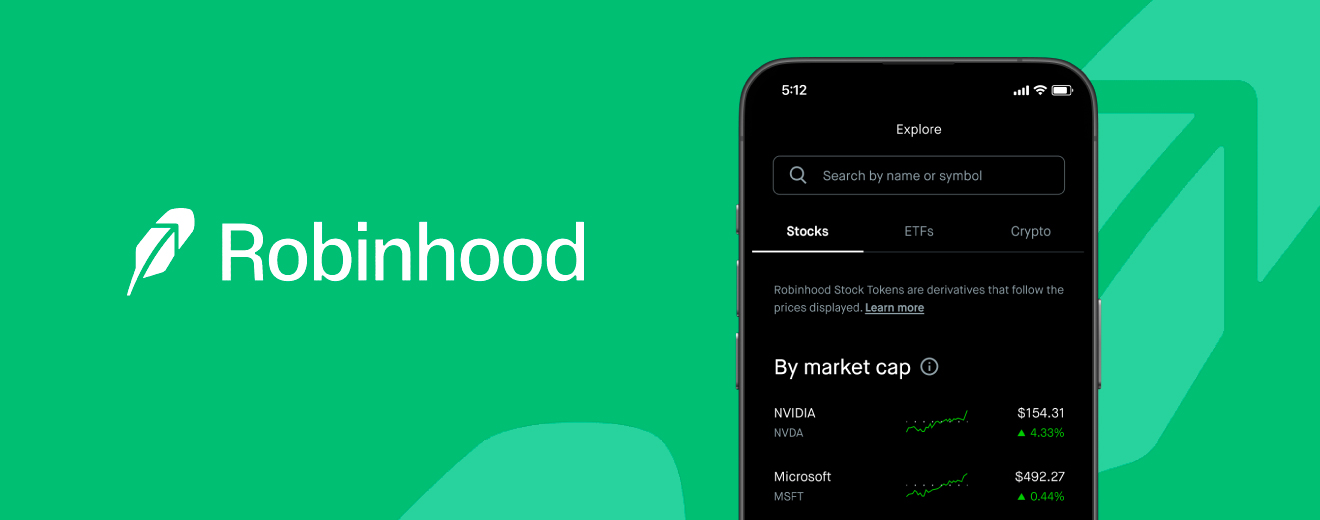
| Minimum investment | $50 |
| Management fee | 0.25% |
| Account minimum | $0 |
| Best for | Investors looking for a simple app |
Robinhood is a popular choice for young investors looking to start their retirement planning early. Offering instant deposits and commission-free trades, it’s an excellent system for learning the basics, making Roth IRAs simple and accessible. Investors can build their own portfolio or utilize Robinhood Strategies for a more automated approach. While Robinhood may be best suited for those who prefer to manage their own Roth IRA investments, it also provides insights and simulations to guide better decision-making.
The 5 Roth IRA accounts compared
| Provider | Fees | Account minimum | Promotions | Our rating | Best for |
| SoFi Invest | $0 | $0 | Up to $3,000 | 4.8 | Guidance |
| JP Morgan | $0 | $0 | Up to $700 | 4.6 | Chase customers |
| Betterment | $0.25% | $0 | Up to $1,000 | 4.5 | Hands-off investors |
| Fidelity | $0 | $0 | None | 4.4 | Active investors |
| Robinhood | $0.25% | $0 | 1% IRA match | 3.8 | Simplicity |
Reasons to choose a Roth IRA account
There are a myriad of reasons people choose a Roth IRA account, including:
- No RMDs. Unlike a traditional IRA, Roth IRAs have no required minimum distributions (RMDs), so your funds can keep growing for as long as you want.
- Wide range of investments. You can invest in ETFs, stocks, mutual funds, and other assets to build a portfolio that fits your retirement goals.
- Tax-free withdrawals. Qualified withdrawals are entirely tax-free. This gives investors the spending power when they need it the most.
- Flexible contributions. Withdraw contributions (not earnings) at any time without penalties. This offers liquidity for unexpected needs.
- Estate planning. Roth IRAs can be passed to heirs tax-free, streamlining the long-term transfer of wealth.
All investors are advised to conduct their own independent research into investment strategies before making an investment decision. In addition, investors are advised that past investment product performance is no guarantee of future price appreciation.
Different types of Roth IRAs
When it comes to managing retirement funds, you have several options for Roth IRAs. These include:
Self-directed Roth IRA
These types of retirement accounts promote a high level of control, giving you options to invest in alternative assets like real estate and private equity. Self-directed accounts require more knowledge and carry a higher risk (but offer maximum flexibility).
Robo advisors Roth IRA
Automated retirement accounts may be ideal for investors who prefer a hands-off approach. These systems use computerized algorithms to construct and rebalance diversified portfolios tailored to your goals and risk tolerance. Robo advisors typically charge low fees and offer tax-efficient investment strategies.
Brokerage Roth IRA
Offered by major investment firms, brokerage Roth IRAs allow investors to choose from a wide selection of assets, including stocks, ETFs, and mutual funds. They could be a superb fit for those who want flexibility with professional trading platforms and research tools.
Managed Roth IRA
These types of retirement accounts offer personalized guidance from human advisors who tailor strategies to your specific retirement goals. They offer customized guidance but typically come with higher fees.
Roth IRA eligibility rules
| Rule | Details |
| Income limits (MAGI) | Eligibility depends on modified adjusted gross income (MAGI). Single filers earning less than $150,000 or married couples filing jointly earning less than $236,000 contribute the full IRS limit. |
| Phaseouts | Contributions are reduced if income falls in the phaseout ranges: $150,000-165,000 (single), $236,000-246,000 (married filing jointly). Once above $165,000 (single) or $246,000 (joint), you cannot contribute. |
| Married filing separately | If you lived with your spouse during the fiscal year, contributions phase out below $10,000 MAGI. At $10,000 or more, no contribution is allowed. |
| Contribution limits | For 2025, the annual limit is $7,000, or $8,000 for individuals aged 50 and older, who may use catch-up contributions. |
| Age requirement | There is no age restriction as long as you have eligible earned income. |
| Earned income | Only wages, salaries, or self-employment income qualify. Passive income, like dividends or rental earnings, does not count. |
These eligibility rules ensure Roth IRAs remain targeted toward working individuals within defined income ranges.
Roth IRA withdrawal rules
When it comes to withdrawing funds from your Roth IRA, there are a few simple rules:
- Qualified withdrawals. Your account must be five years old, and you must be 59 ½ or older, disabled, or using up to $10,000 for a first-time home purchase, to withdraw earnings tax-free. Qualified withdrawals include both contributions and investment growth.
- Non-qualified withdrawals. If you withdraw any earnings before the five-year rule or age requirement is met, those withdrawals may be subject to income taxes and a 10% penalty. However, contributions can always be withdrawn tax and penalty-free.
- The 5-year rule. This rule states that your Roth IRA account has to be open for at least five tax years before you can take a qualified withdrawal of earnings, regardless of your age.
- Penalties for early withdrawals. Non-qualified withdrawals usually trigger both ordinary income tax and a 10% early withdrawal penalty (unless an exception applies).
Advantages and disadvantages of Roth IRA accounts
When it comes to opening and managing a Roth IRA, there are benefits and drawbacks, including:
Advantages
- Flexible access. You can withdraw contributions (not earnings) at any time without paying taxes or penalties. This offers a form of liquidity for emergencies.
- Tax-free withdrawals. Qualified retirement distributions are tax-free, which can maximize income when needed the most.
- No RMDs. Unlike a traditional IRA, a Roth IRA doesn’t force you to withdraw funds at a certain age, giving investors complete control over their retirement timeline.
- Diverse choices. Roth IRAs allow for investment in a wide range of options, including ETFs, stocks, and mutual funds, enabling you to tailor your growth to specific outcomes.
Disadvantages
- No tax deduction upfront. Unlike a traditional IRA, you do not get an upfront tax break when contributing to a Roth IRA.
- Income phase-outs. Higher earners may be limited by phase-out earnings and ineligible to contribute.
- Lower contributions. Annual limits are smaller compared to those in 401(k) plans, restricting the amount you can save each year.
How to choose the best Roth IRA account for your needs
Choosing the best Roth IRA depends on several factors, including your financial goals, investment style, and desired features. Here are a few things to consider when selecting the best account for your needs:
- Fees and minimums. Look for accounts with $0 account fees, low trading costs, and minimal investments. High fees will erode your long-term returns.
- Educational materials. Providers should offer webinars, calculators, and guides to help you make more informed decisions about retirement investing.
- Investment options. The best platforms offer a wide selection of mutual funds, ETFs, and stocks, allowing you to diversify your portfolio according to your retirement strategy.
- Ease of use. A simple, intuitive dashboard or mobile app makes managing contributions, trades, and accounts easier, especially for beginners.
- Customer support. Look for a system with strong customer support, whether they offer 24/7 phone lines, live chat, or in-person assistance, as it provides peace of mind and guidance when you need it the most.
- Extra tools. Perks like automated rebalancing, retirement calculators, or cash bonuses can enhance the value and convenience of a Roth IRA experience.
How to prepare and open a Roth IRA account
Opening a Roth IRA is a painless process, but preparing in advance will help you maximize the benefits. To open an account, follow these general steps:
- Income eligibility and contribution limits. Ensure your income falls within the IRS thresholds for Roth IRA contributions and review the annual contribution limits.
- Type of Roth IRA. Decide whether you want to open a self-directed brokerage account, an automated robo advisor, or a managed option with professional financial support.
- Personal and banking data. Gather your Social Security number, employment details, and bank account information to expedite the application process.
- Choose a provider. Compare fees, investment options, and features like mobile apps, customer support, and research tools.
- Fund your account and select investments. Make an initial investment (contribution) and choose the types, such as stocks, ETFs, or mutual funds.
- Set up automatic deposits. Automating contributions makes it easier to stay consistent and take advantage of long-term compounding.
Roth IRA vs traditional IRA
| Feature | Roth IRA | Traditional IRA |
| Taxes | Contributions are made using after-tax dollars, but qualified withdrawals in retirement are tax-free. | Contributions are tax-deductible (in the year they are made), but withdrawals are taxed as ordinary income. |
| Income limits | Eligibility phases out at higher income levels (single $165,000 and joint filers above $246,000 are not eligible). | No income limit, but the ability to deduct contributions is reduced (or eliminated) if your income is high and you participate in an employer-sponsored retirement plan. |
| Required minimum distributions | No RMDs during the account holder’s lifetime, offering flexibility for long-term planning and estate purposes. | RMDs are required starting at age 73 (increasing to 75 in 2033), reducing flexibility in how and when you withdraw funds. |
How did we select the best Roth IRA accounts?
To create this list of the best Roth IRA accounts, our team carefully evaluated a wide range of Roth IRA providers across multiple categories. We compared account fees and minimums, ensuring that low-cost options were highlighted to help beginners maximize long-term returns. Investment choices were also a key factor, with preference given to brands offering a diverse range of funds, ETFs, and stocks that are most suitable for different retirement strategies.
We also examined general usability, focusing on mobile apps and online features that make it easier for both beginners and experienced investors to manage their Roth IRA. Customer support was another big priority, with systems offering 24/7 service, live chat, or in-person assistance receiving higher marks. Lastly, we examined the reputation and reliability of each brand, with a particular emphasis on those with strong track records and a history of investor trust.
Only providers with strong customer ratings, low fees, and a history of reliability made our top Roth IRA accounts list.
Bottom line
Roth IRAs remain a powerful retirement tool, offering tax-free growth and flexible withdrawals that make a significant difference over time.
After comparing key providers, Fidelity stands out as our top pick due to its trusted reputation, vast range of investments, and low costs that may appeal to both beginners and experienced investors alike.
That said, platforms like SoFi and Betterment may work well for those who prefer simplicity and automation. Before opening a Roth IRA, carefully consider financial goals and choose the provider that best aligns with your long-term financial strategies and contribution capacity.
The best Roth IRA account is one that leverages wealth, offering affordable rates and flexible investment options.
FAQ
Can I have more than one Roth IRA?
Yes. You can open multiple Roth IRAs if you wish to diversify providers or investments. However, the IRS limits your total annual contributions across all accounts to $7,000 in 2025 (or $8,000 if you’re 50 or older with catch-up contributions). Having multiple accounts doesn’t increase your contribution limit; it simply spreads it out over various accounts.
What happens if I earn too much for a Roth IRA?
Roth IRA contributions will phase out once your income exceeds IRS thresholds. For 2025, single filers with a MAGI above $165,000 and joint filers above $246,000 cannot directly contribute. If you exceed these limits, consider a backdoor Roth IRA, which involves funding a traditional IRA and then converting it to a Roth.
Are Roth IRA contributions tax-deductible?
No. Contributions are made with after-tax dollars, so you don’t get a tax break up front. The advantage is that all qualified withdrawals (including both contributions and earnings) are tax-free in retirement, making the Roth IRA one of the most tax-efficient vehicles for retirement savings.
What investments can I hold in a Roth IRA?
Roth IRAs support a wide range of investments, including stocks, ETFs, mutual funds, bonds, and CDs. For investors seeking a greater level of flexibility, self-directed Roth IRAs permit the inclusion of alternative assets, like real estate, private equity, and precious metals. These carry more risk and require extra due diligence; however, they expand potential diversification beyond traditional markets.






Your email address will not be published. Required fields are markedmarked